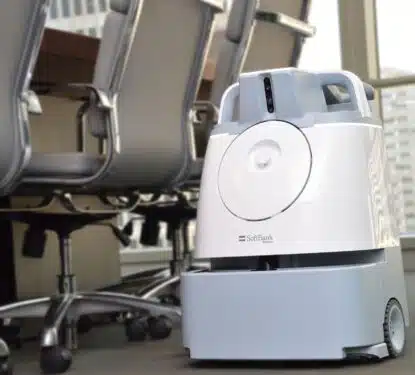Over recent decades, as buildings have developed greater connectivity, the starkly different worlds of Operational Technology (OT) and Information Technology (IT) have found themselves converging in the emerging smart buildings space. In this new landscape, OT teams find themselves victim to cyber threats that they have never had to deal with before, while IT teams struggle to get to grips with cyber security for physical systems. The result is a dangerously wide range of smart building cyber security vulnerabilities that no one is taking responsibility for. “This segmentation and segregation from the IT networks was historically seen as adequate protection from the majority of cyber security risks, with IT & security professionals adopting an “out of sight, out of mind” attitude to OT systems, with these systems rarely being subject to the same levels of monitoring or cyber hygiene as IT systems,” reads our new cyber security research. “Roll forward to today, with the built environment rapidly […]
Most Popular Articles

Neeve’s Edge-Cloud Platform: Key Metrics & Growth 2025
This Research Note examines Neeve, the US startup offering an edge-cloud platform designed to enhance smart building operations by integrating operational technology (OT) systems into secure, connected environments. We highlight its founding as IoTium, before exploring its current offering, deployments, funding and partners, concluding with our view of the business. Neeve Profile Founded in 2015 […]

icetana Secures $3.6M SoftBank Partnership: 2025 Financial Analysis and Growth Strategy
This Research Note examines the Australian listed company, icetana AI, based on its latest financial results year ending 30 June 2025 and its deployments, strategic investments and regional growth opportunities over the past three years. icetana AI Profile Founded in 2009, icetana AI is a small software as a service (SaaS) company specializing in AI-assisted […]

Video Surveillance Market 2025: Ongoing Shift towards Software Drives Growth
The video surveillance industry is undergoing its most significant transformation since the shift from analog to digital. What was once primarily a reactive security tool, cameras recording footage for post-incident review, is evolving into a proactive intelligence infrastructure. The traditional model of video surveillance centered on cameras, on-premise storage and software. That era is coming […]
